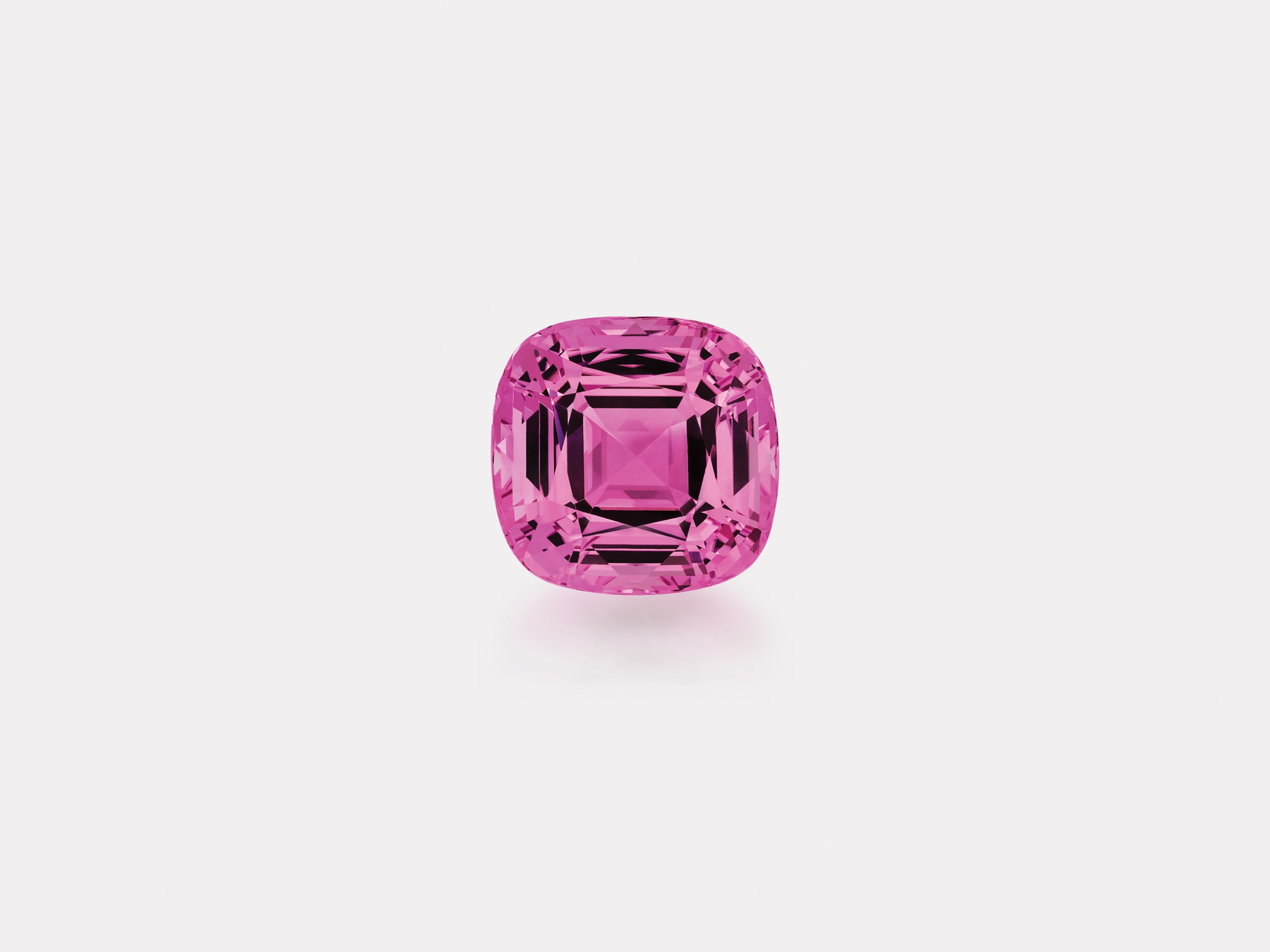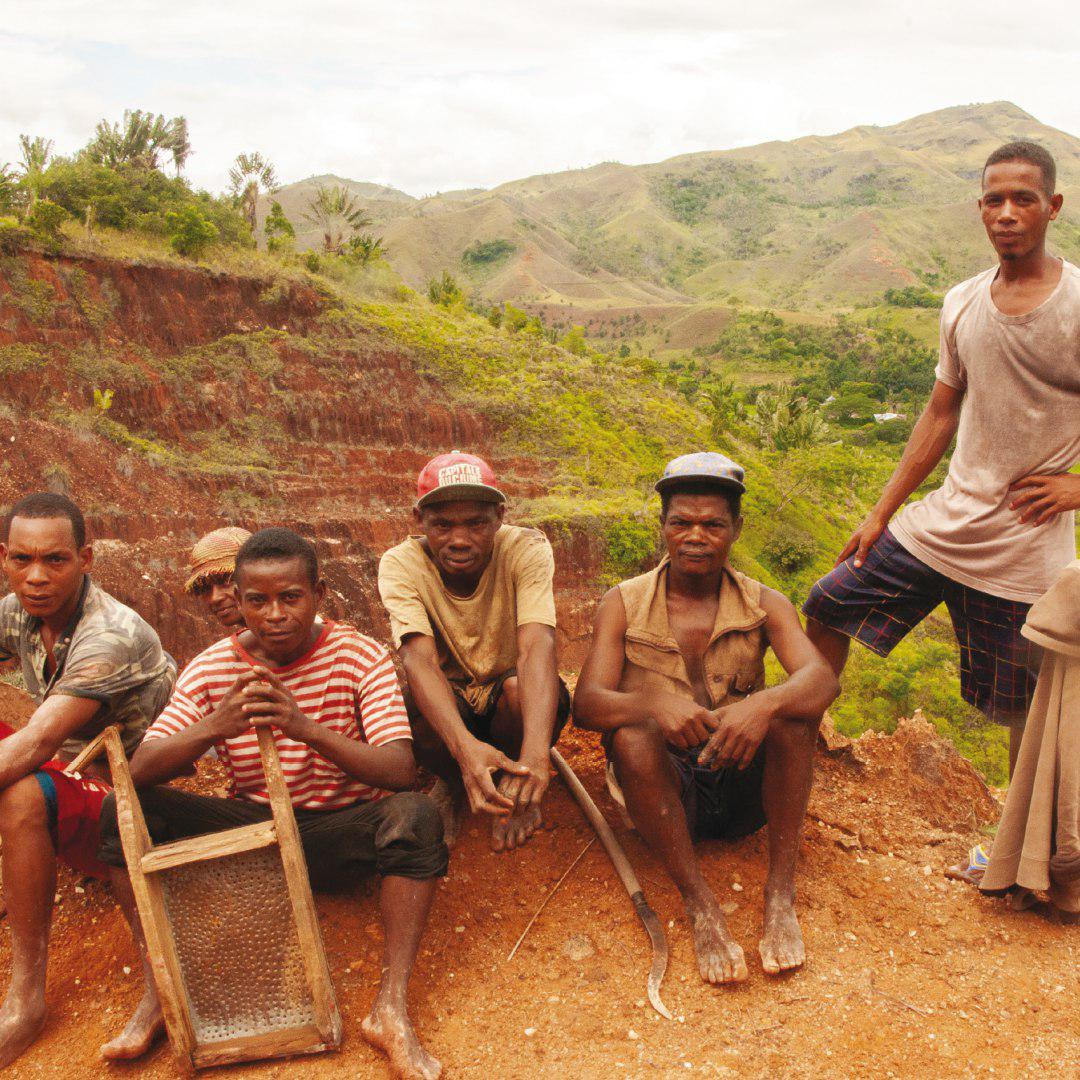Farafatrana and the Madagascar’s treasure
Morganite
Madagascar is home to a unique biodiversity where 90% of all plants and animals are only found on this island.
The tropical region of Farafatrana on Madagascar’s east coast is still partially covered with lush rainforest.
When the local farmers aren’t occupied with cultivating their rice fields, they use their time to dig for Morganites, Aquamarines and Emerald.
Several years ago, Gemforest was able to buy a fine collection of gemstones. Alex’s sharp eye immediately recognised the importance of this unique Morganite. According to the previous owner the gem was first purchased by a French collector around 1930.
A myth, a legend, a museum piece. The uniqueness of this natural pink beryl is the result of extraordinary and distinctive features: 87,38 carats, untreated, transparent, totally clean with a sharp neon glow that reminds of Paraiba Tourmaline.
Morganite’s best known and famous hue, appears to be light pink. A colour linked to innocence, purity, patience and true love.
These are the symbols of the beryl and the reason why in the Thirties it was chosen to ornate young women during their social debut.
But Gemforest’s Morganite colour is one-of-a-kind. The amazing colour tone and the strong fluorescence helped the experts to identify its origin. Shown to the curator of the famous Smithsonian museum it was given evidence that the stone originates from the area of Farafatrana in Madagascar and that it was mined sometime between 1896 and 1907.
This was even before morganite was identified as a member of the beryl family, in 1910, by the chief gemmologist from Tiffany & Co. George F. Kunz. The name pays homage to his customer and patron, the famous banker and gem collector, J.P. Morgan.
The Smithsonian museum tried to purchase the Gemforest Morganite, to make it part of the imposing gem and mineral collection, but the offer was kindly turned down.
The classic old cushion shape cut was maintained to preserve the essence of this perfect gem rather than the effects produced by modern cuts. Only a small improvement was done on the faceting and polishing to enhance the fire.
“Colors are the smile of Nature”
Leigh Hunt
In the Farafatrana area, Tropical east coast of Madagascar. Like 120 years ago, they use the same simple equipment to dig for Morganites. Normally family members and friends join together to achieve their common goal: to find a nice pocket of Morganites offered by Mother Earth.
They take a break, their pride is written in their faces, full of motivation and conviction to find the next Morganite pocket.







